Rediscovering the Lesser Bilby: The Lost Marsupial of the Australian Outback
Introduction:
The Lesser Bilby, scientifically known as Macrotis leucura, was a small marsupial that once thrived in the arid regions of central Australia. Known for its nocturnal habits and burrowing lifestyle, this elusive creature was adapted to the harsh desert environment. Unfortunately, due to habitat destruction, predation by introduced species, and changes in land use, the Lesser Bilby was declared extinct in the mid-20th century. Its disappearance highlights the fragility of desert ecosystems and the impact of human activities on Australia’s native wildlife.

Facts:
| Attribute | Details |
|---|---|
| Scientific Name | Macrotis leucura |
| Common Names | Lesser Bilby |
| Year Declared Extinct | 1950s |
| Kingdom | Animalia |
| Phylum | Chordata |
| Class | Mammalia |
| Order | Peramelemorphia |
| Family | Thylacomyidae |
| Genus | Macrotis |
| Species | M. leucura |
| Natural History and Origin | Native to the arid and semi-arid regions of central Australia |
| Physical Information | Small size, about 20-25 cm in body length |
| Appearance | Pale grey-brown fur, long ears, and a white-tipped tail |
| Scientist Names | Described by early European explorers and naturalists |
| Region | Central Australia, particularly in the deserts and semi-arid areas |
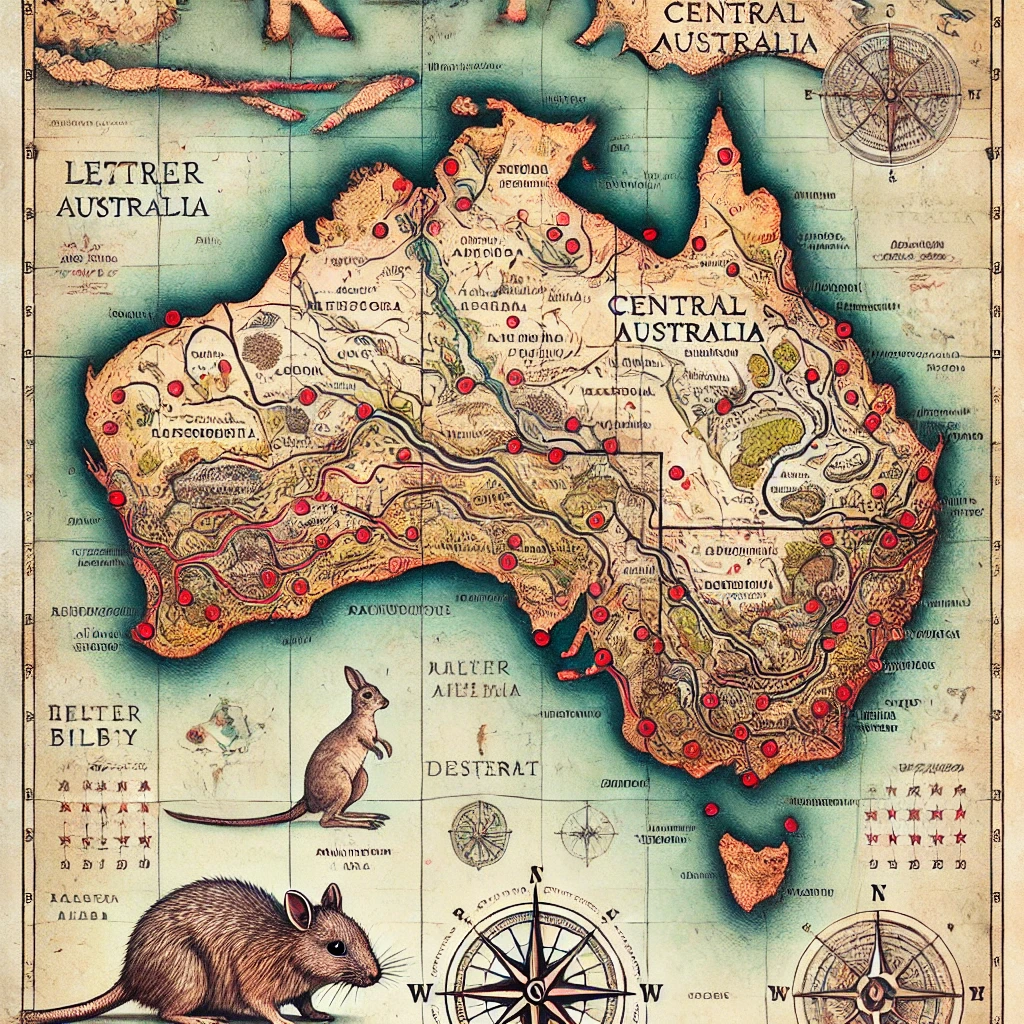
Appearance:
The Lesser Bilby was a small marsupial, measuring about 20-25 cm in body length with a long, white-tipped tail. It had pale grey-brown fur, large ears, and a pointed snout. Its long ears helped dissipate heat and detect sounds, while its strong forelimbs and claws were adapted for digging burrows in the desert sands.
Distribution:
Historically, the Lesser Bilby inhabited the arid and semi-arid regions of central Australia. Its range included areas with sandy soils and sparse vegetation, where it could find food and shelter in the harsh desert environment.
Habits and Lifestyle:
The Lesser Bilby was primarily nocturnal, foraging for food during the night and resting in burrows during the day to avoid the extreme heat. It was a solitary animal, although it might have interacted with other individuals during the breeding season. The bilby’s diet consisted mainly of seeds, insects, bulbs, and roots, which provided the necessary nutrients and moisture for survival in its arid habitat.
Physical Characteristics:
The Lesser Bilby had several adaptations suited to its environment. Its pale fur provided camouflage against the sandy desert terrain, helping it avoid predators. The long ears were highly sensitive, helping it detect sounds and stay alert to potential threats. Its strong forelimbs and claws were used for digging intricate burrow systems, which provided shelter from predators and extreme temperatures.
Diet and Nutrition:
As an omnivore, the Lesser Bilby fed on a variety of plant materials and small animals, including seeds, insects, bulbs, and roots. These food sources were rich in nutrients and moisture, which were vital for hydration in the arid environment. The bilby’s foraging habits played a role in the ecosystem by aiding in seed dispersal and controlling insect populations.
Behavior:
Lesser Bilbies exhibited solitary behavior, with each individual maintaining its own burrow system. They communicated through scent markings and vocalizations, which helped establish boundaries and attract mates. During the breeding season, males and females would come together to mate, but otherwise, they led largely independent lives. The bilby’s nocturnal activity helped it avoid predators and the extreme daytime temperatures of the desert.
Cause of Extinction:
The extinction of the Lesser Bilby in the 1950s was primarily due to habitat destruction, predation by introduced species such as foxes and cats, and changes in land use due to agriculture and grazing. These factors led to a significant decline in the bilby population, as they had no natural defenses against the new predators and their habitat was increasingly fragmented and destroyed. By the time conservation efforts were considered, it was too late to save this unique marsupial.
FAQs:
| Question | Answer |
|---|---|
| What led to the extinction of the Lesser Bilby? | Habitat destruction, predation by introduced species, and changes in land use. |
| When did the Lesser Bilby go extinct? | The 1950s. |
| What did the Lesser Bilby eat? | It fed on seeds, insects, bulbs, and roots. |
| Why is the Lesser Bilby significant? | It highlights the impact of human activities on Australia’s unique ecosystems and the importance of conservation efforts. |
| Are there efforts to study the Lesser Bilby? | Ongoing research aims to understand its ecology and the factors leading to its extinction. |

Categories:
- Extinct Mammals
- Australian Wildlife
- Conservation Efforts
- Desert Ecosystems
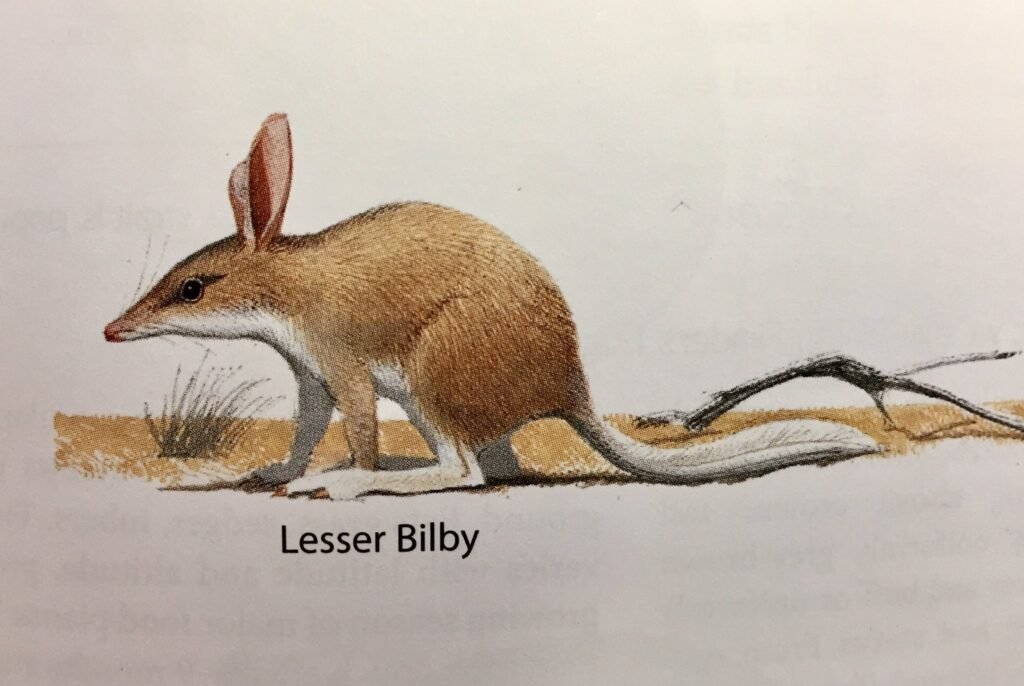
These details should provide a comprehensive overview of the Lesser Bilby, ideal for educational and conservation-focused content on your website.
-
Sea Mink: The Lost Predator of the North Atlantic
Rediscovering the Sea Mink: An Extinct Coastal Hunter Introduction: The Sea Mink, scientifically known as Neogale macrodon, was a large,…
-
Moa: The Extinct Giants of New Zealand
Exploring the Moa: New Zealand’s Lost Giants Introduction: The Moa, belonging to the order Dinornithiformes, were a diverse group of…
-
Dodo: The Iconic Symbol of Extinction
Unraveling the Dodo: The Lost Bird of Mauritius Introduction: The Dodo, scientifically known as Raphus cucullatus, was a flightless bird…
Views: 18
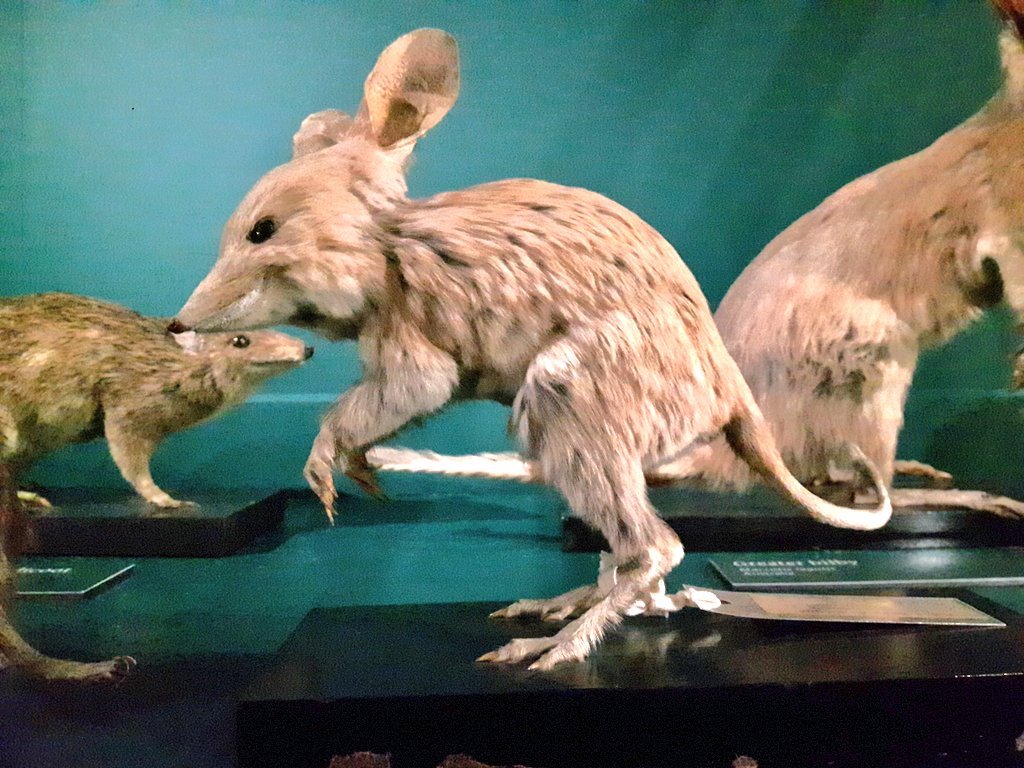

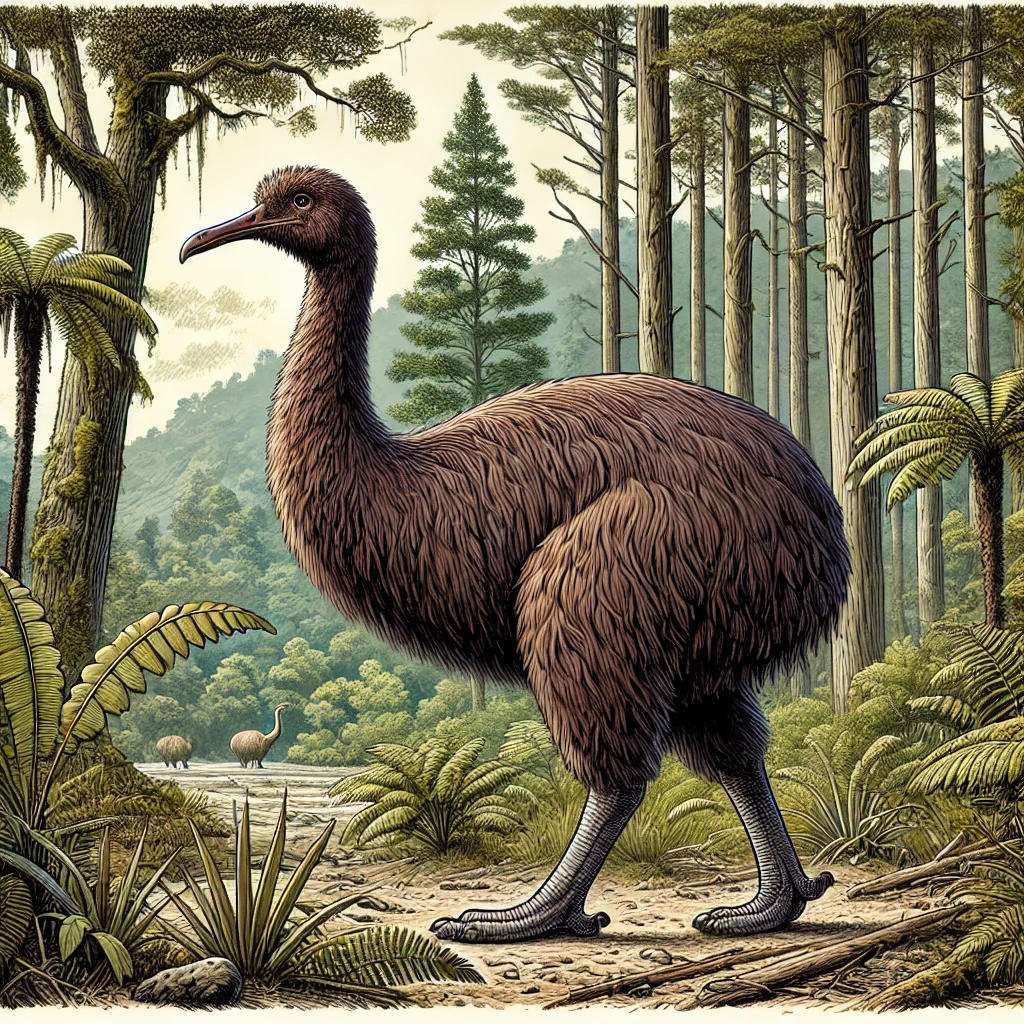

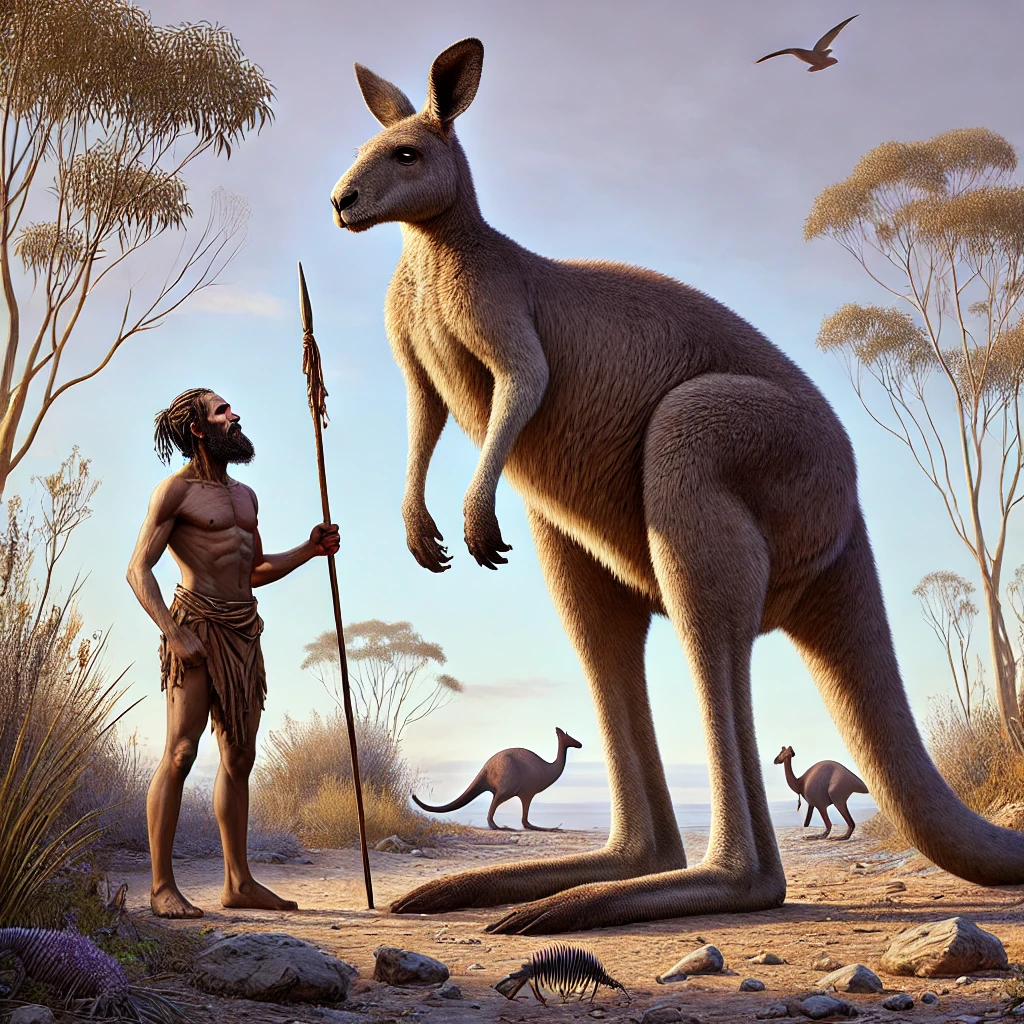
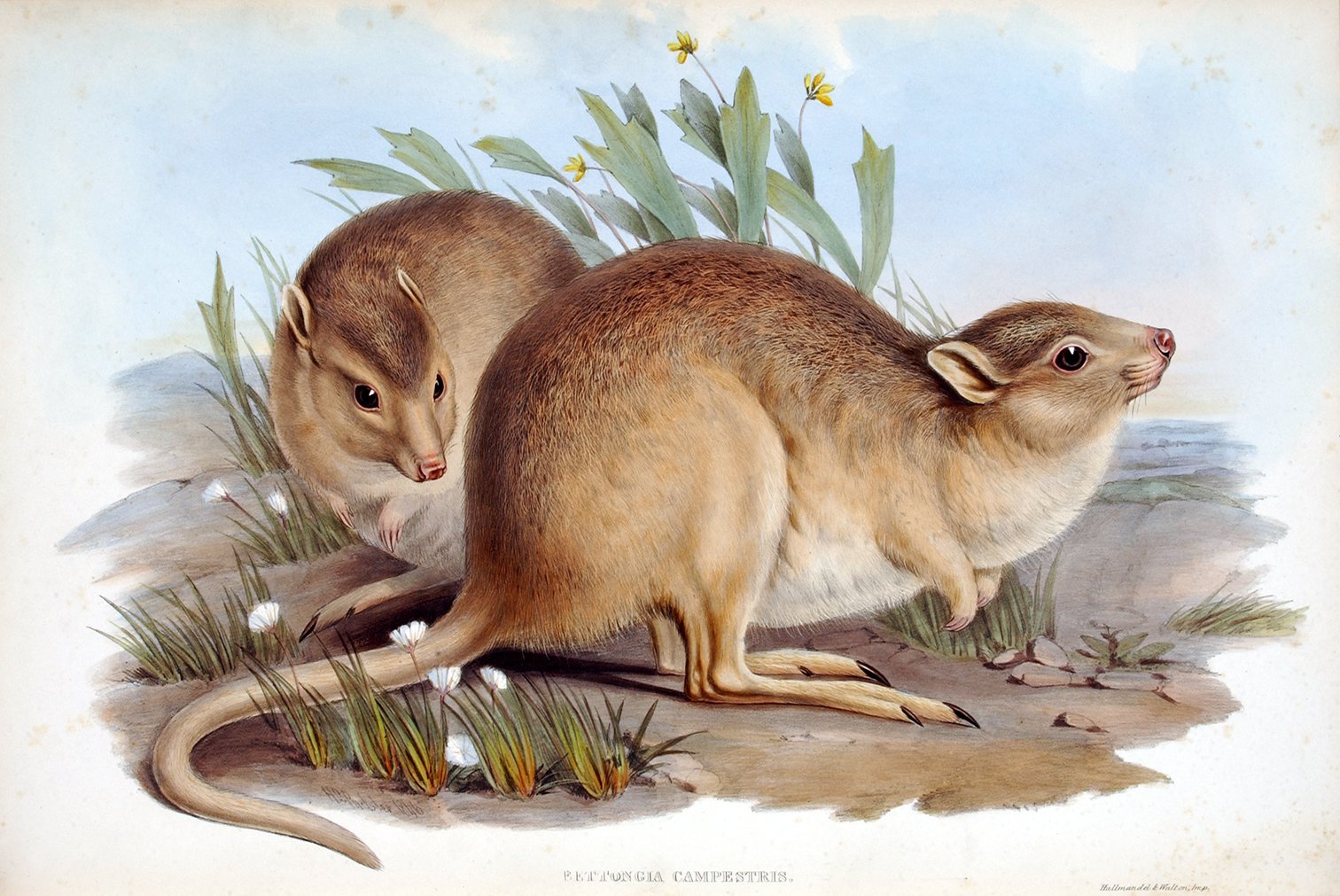

Terrific work! This is the type of information that should be shared around the web. Shame on the search engines for not positioning this post higher! Come on over and visit my website . Thanks =)